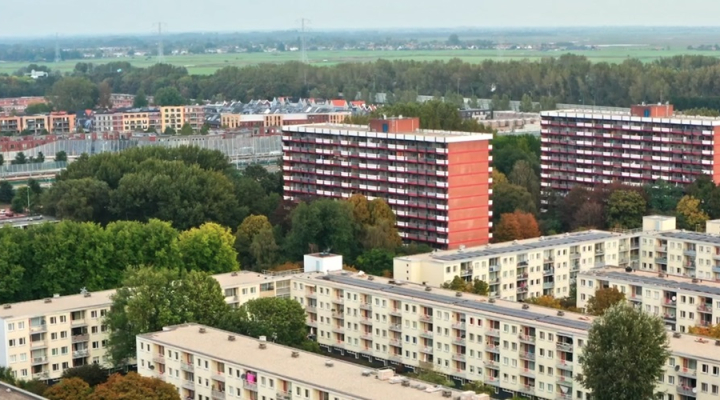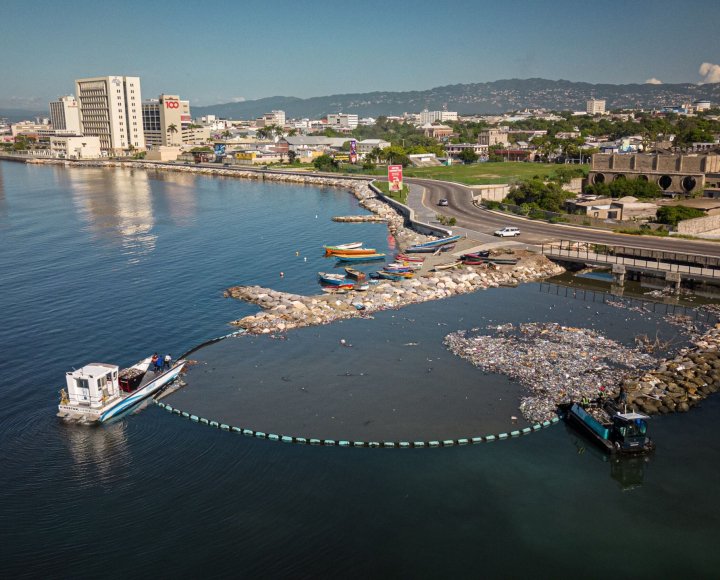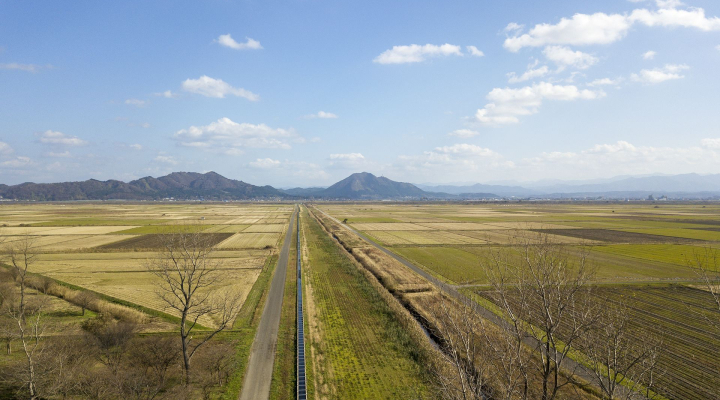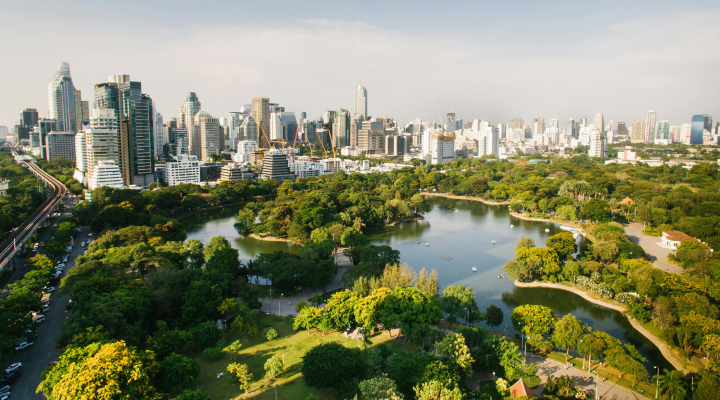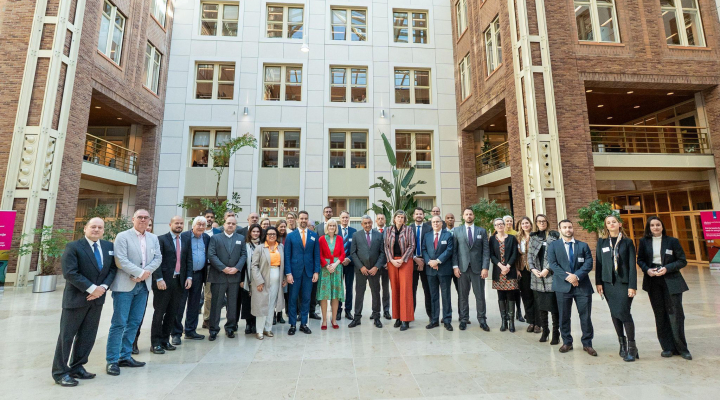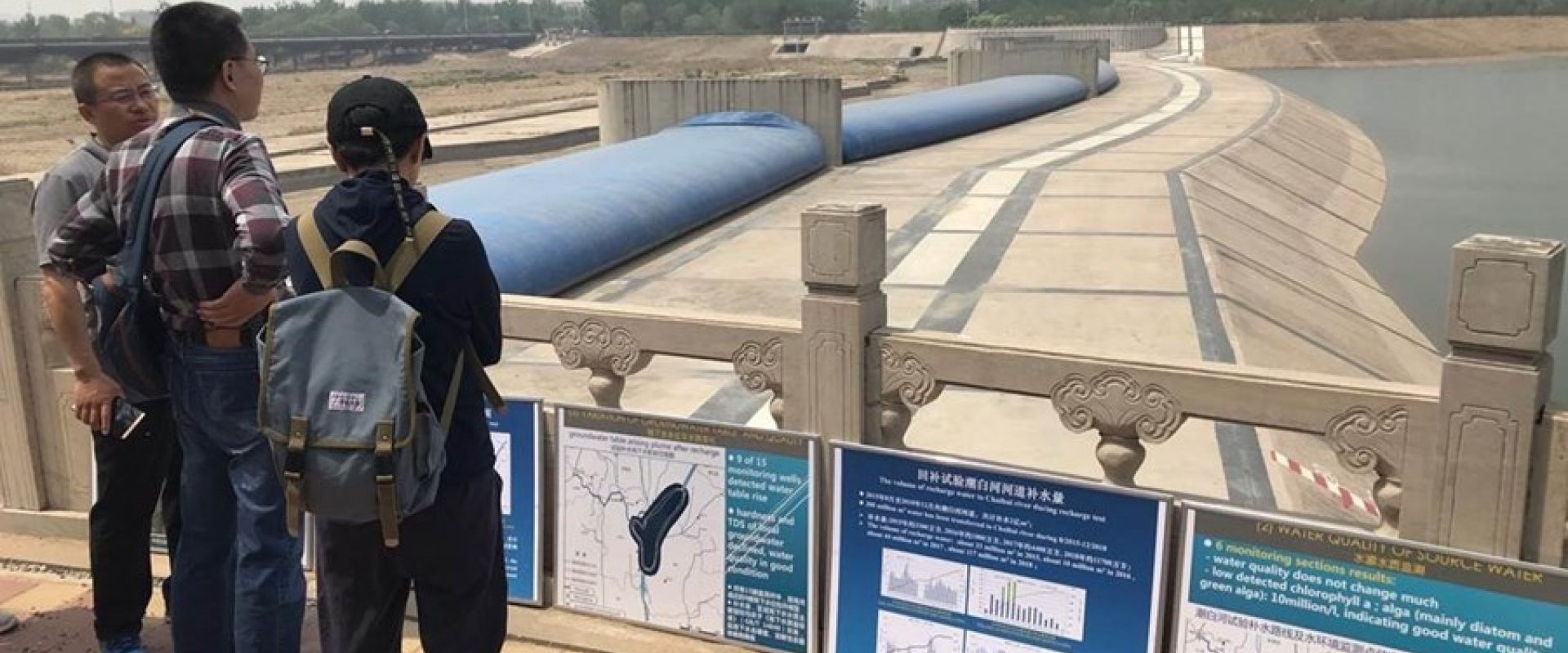
World Waternet presents aquifer recharge guidelines at ADB workshop, China
World Waternet, together with engineering firm Royal HaskoningDHV and educational institute IHE-Delft, produced guidelines for Managed Aquifer Recharge and carried out a feasibility study to create an aquifer recharge project in the Chaobai River near Beijing.
The study was presented at the Beijing International Groundwater Resources Management Workshop organised by the Asian Development Bank in May 2019, where eighty participants shared experiences from China (Shandong, Deyang, Jinan), the Netherlands, Pakistan, Oman and Afghanistan.
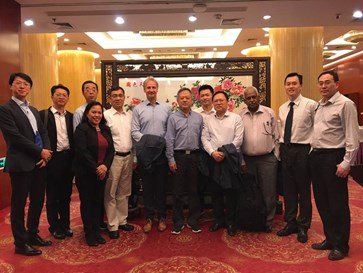

Water shortage
Beijing is known for its extreme weather events and has been subject to severe water shortages. Adequate groundwater levels are key to securing urban water supply for households, but also for industrial and agricultural needs.
However, Beijing’s groundwater has been overexploited for decades. The South-North Water Transfer Project transfers the hard-needed water towards the north. But how can they use this water to recharge the groundwater? For the past three years, World Waternet has been looking into this solution with the Beijing Water Authority.
Sustainable groundwater use
One of the most common causes of low groundwater levels is the high volume pumped to the surface. The so called aquifers (underground water reserves) cannot replenish fast enough.
For Beijing, World Waternet looked into managed aquifer recharge. This means that the process is actively managed and expedited.
This technique is still uncommon in China, but increasingly considered important to cope with water shortage.
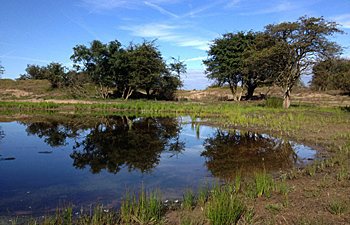

Amsterdam aquifer recharge system
World Waternet is part of the Amsterdam water utility that uses the concept of managed aquifer recharge for many decades in a 3,500 ha sand dune area.
Here, pre-treated river water is infiltrated to recharge the groundwater, allowing the extraction of tap water after three months. This natural system produces up to 65 million m3 drinking water annually.
Most of the water automatically comes back to the surface in lower-laying areas and drains also help in reclaiming the rest. After further treatment the water can be transported and used as tap water
Exchange of good practises
On the occasion of the presentation at the workshop in Beijing, Anne te Velde, Counsellor Infrastructure and Environment at the Netherlands Embassy in China explained: ‘Although there are many differences between the cities of Amsterdam and Beijing, the good practice of Amsterdam’s dune water system sets an example for the Beijing Water Authority. The feasibility study shows a large potential for the Chaobai River channel for managed aquifer recharge.’




